Tragic 1951 fire in former armory changed landscape of downtown Binghamton
It was Labor Day 1951 when disaster struck Binghamton. It was Monday, Sept. 3 when flames leapt through the former armory on Washington Street and brought down a building that was a landmark in downtown Binghamton. It was a disaster that would claim the life of one Binghamton fireman and injure several others as the conflagration nearly destroyed the hopes for the region’s premier technical institute.
The building was the second of Binghamton’s three armory structures. The first one, located on State Street, was built in the mid-19th century and was used to house the local armory until a massive structure was completed on Washington Street in the early 1900s. Many of the major communities in New York had armories to house national guard units, state militia units, and weaponry that might be needed in cases of insurrection or protection against some unknown threat.
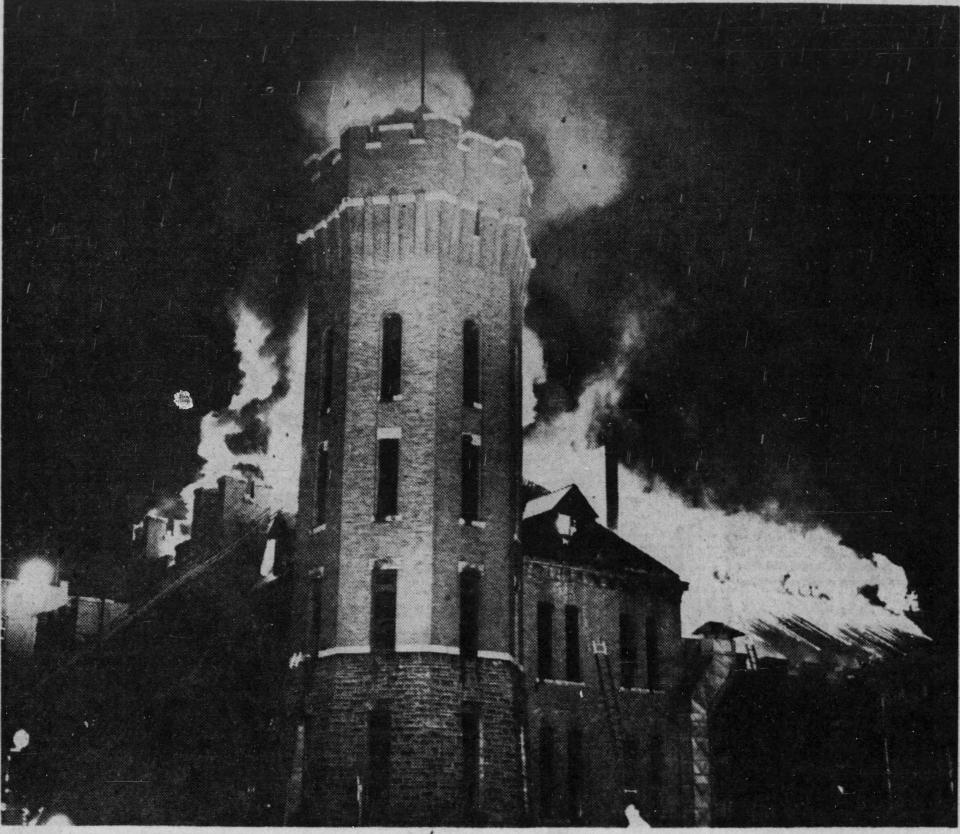
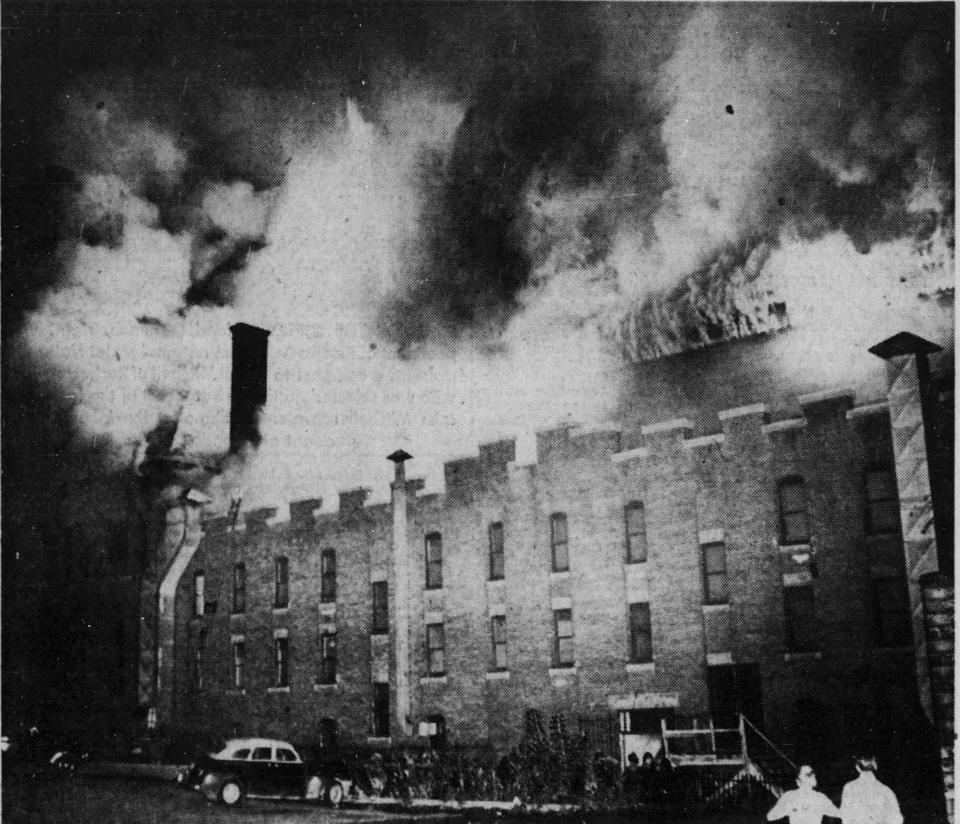
By the late 1930s, a new and larger armory was completed on West End Avenue in Binghamton. It provided ample land for both vehicles and people. The question remained as to what to do with the Washington Street armory. The answer to that question came in 1947 with the creation of the New York State Institute for Applied Arts and Sciences.
A year after the beginnings of Triple Cities College (now Binghamton University) in Endicott, this school was intended to provide vocational and scientific training aimed at the thousands of returning veterans and others who needed higher training for the more specialized technical jobs in the industries blossoming after the end of the second World War. The armory was an ideal place for this new school and provided classroom and meeting space adequate for the new school.
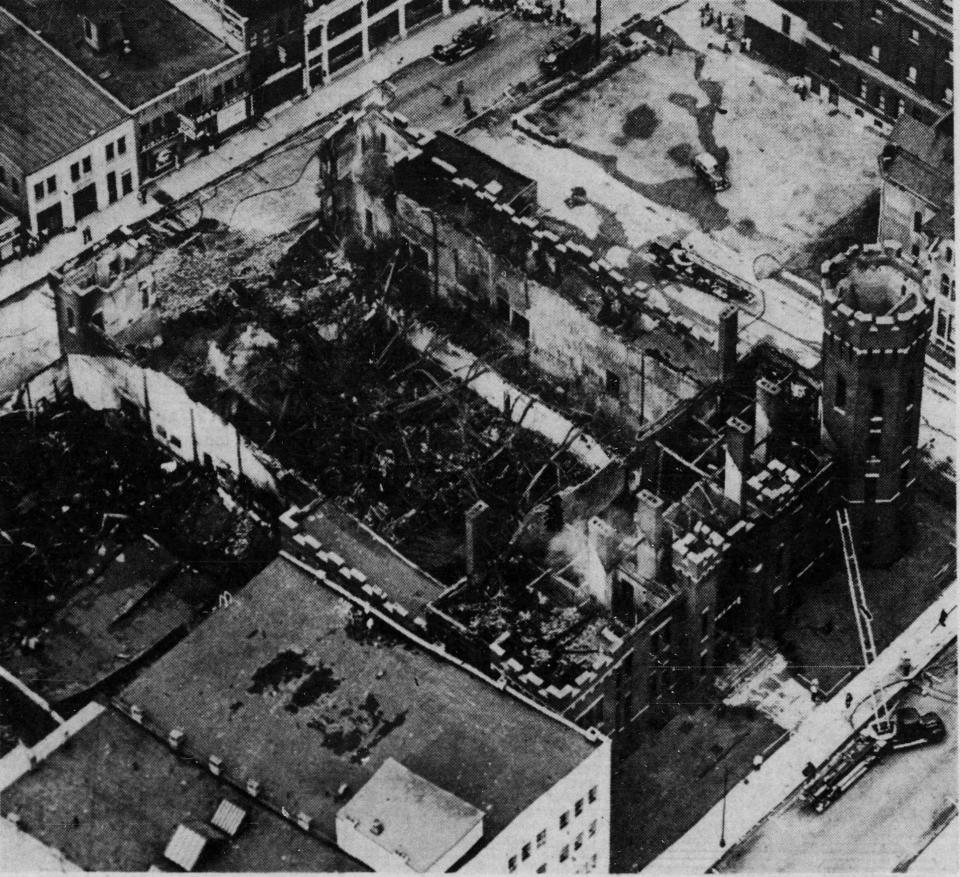
This all went well for the first four years of operation. That was until late on Sunday evening on Sept. 2, 1951 and into the early hours of Sept. 3. Somehow, fire broke out in the massive armory building. Fire officials were not sure how the fire started, but the layout of the building only added to its growth.
The first floor of the building contained a large gymnasium that provided open space for the flames to rise to the second and third floors. It also provided a place for hot gasses to rise to the ceiling height – creating a scenario for explosive combustion of those fumes as the fire got hotter and hotter.
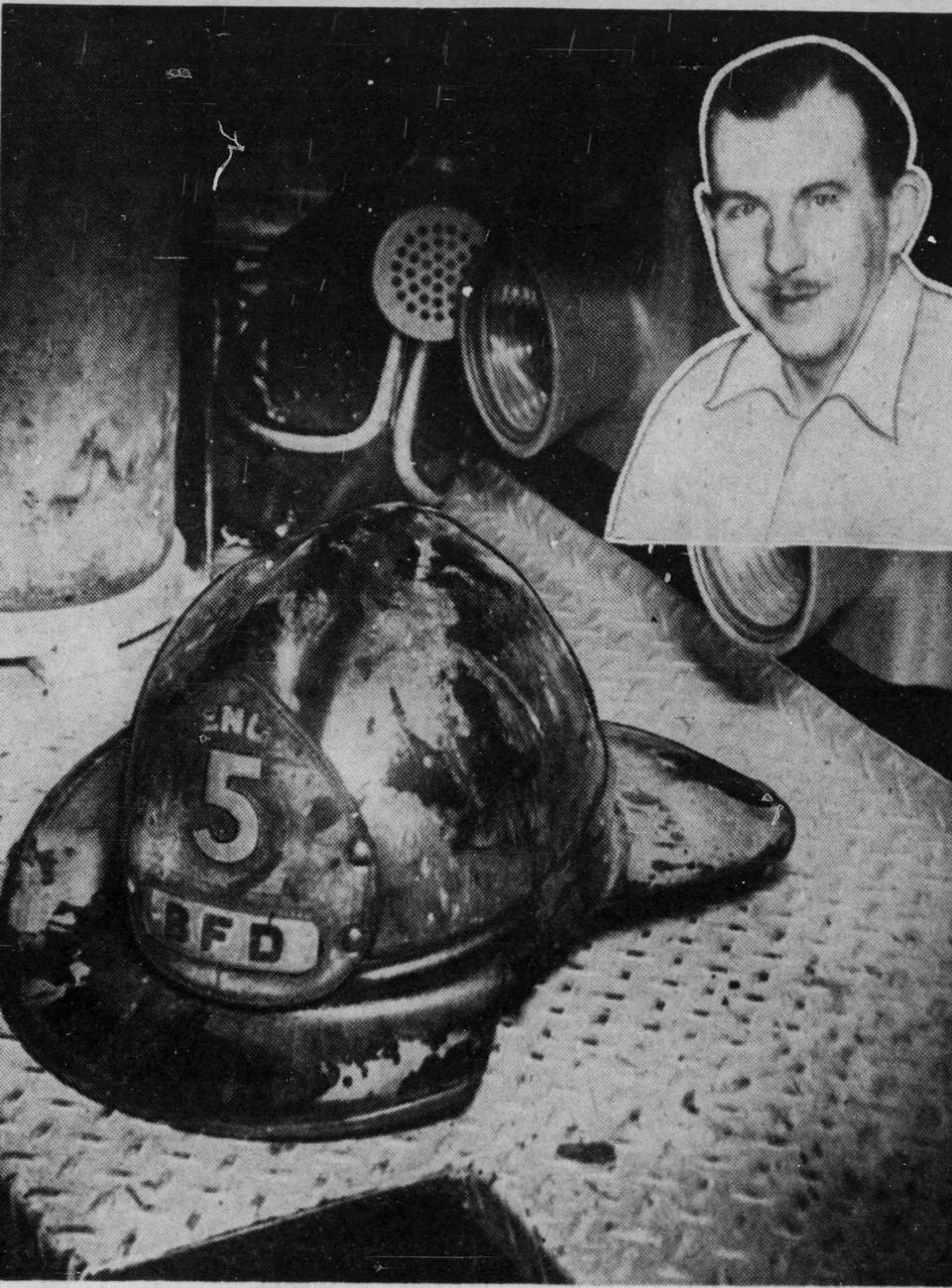
The first calls came into the downtown fire station in the early hours of that Monday morning. Fire Marshal Gerald E. O’Loughlin believed the fire may have begun on the auditorium level of the building on the north wall. They were also convinced that the determination of the exact cause of this fire that caused nearly $1 million in damage would never be determined.
What was determined was that the fire had been burning for a long time before its discovery. Within a short while of the fire department arriving at the scene, a three-alarm was called in. Eventually, 130 fire fighters were working the conflagration – trying to slow its progression.
That fight was futile, as the fire continued to consume everything. The school’s library was destroyed, and fire ladders with as many as four firefighters atop buckled under the heat from the flames. Worse, the gasses atop the rooms exploded at about 5 in the morning.
At that moment, portions of the second and third floors came down, and a massive hole opened on the first floor near the entrance. Several firemen were blown out of the building from the explosion. One fighter, Patrick Ryan, was thrown through the hole to the basement level. Attempts to reach the fallen firefighter failed. He crawled down a hall into a restroom and died there awaiting a rescue that could not reach him.
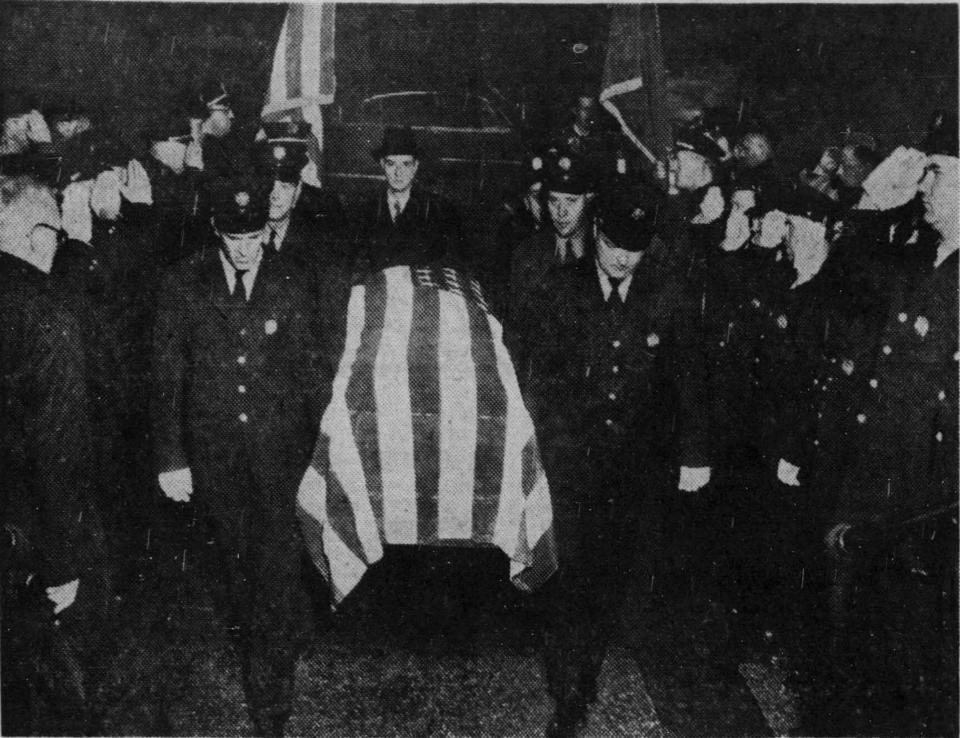
The 36-year-old was the first fire department casualty since 1929, and a large funeral was held in his honor. The school was moved into adjoining buildings on Washington Street until the decision was made to move to county land that was part of the poor house. It would undergo a few name changes and is now SUNY Broome Community College. A long and proud history that suffered a devastating start.
Gerald Smith is a former Broome County historian. Email him at historysmiths@stny.rr.com.
More history: 150-year-old Binghamton business directories offer glimpse of life in the 19th century
NY Fair: 800-pound butter sculpture unveiled for 2023
This article originally appeared on Binghamton Press & Sun-Bulletin: Binghamton history included tragic 1951 armory fire | Spanning Time

